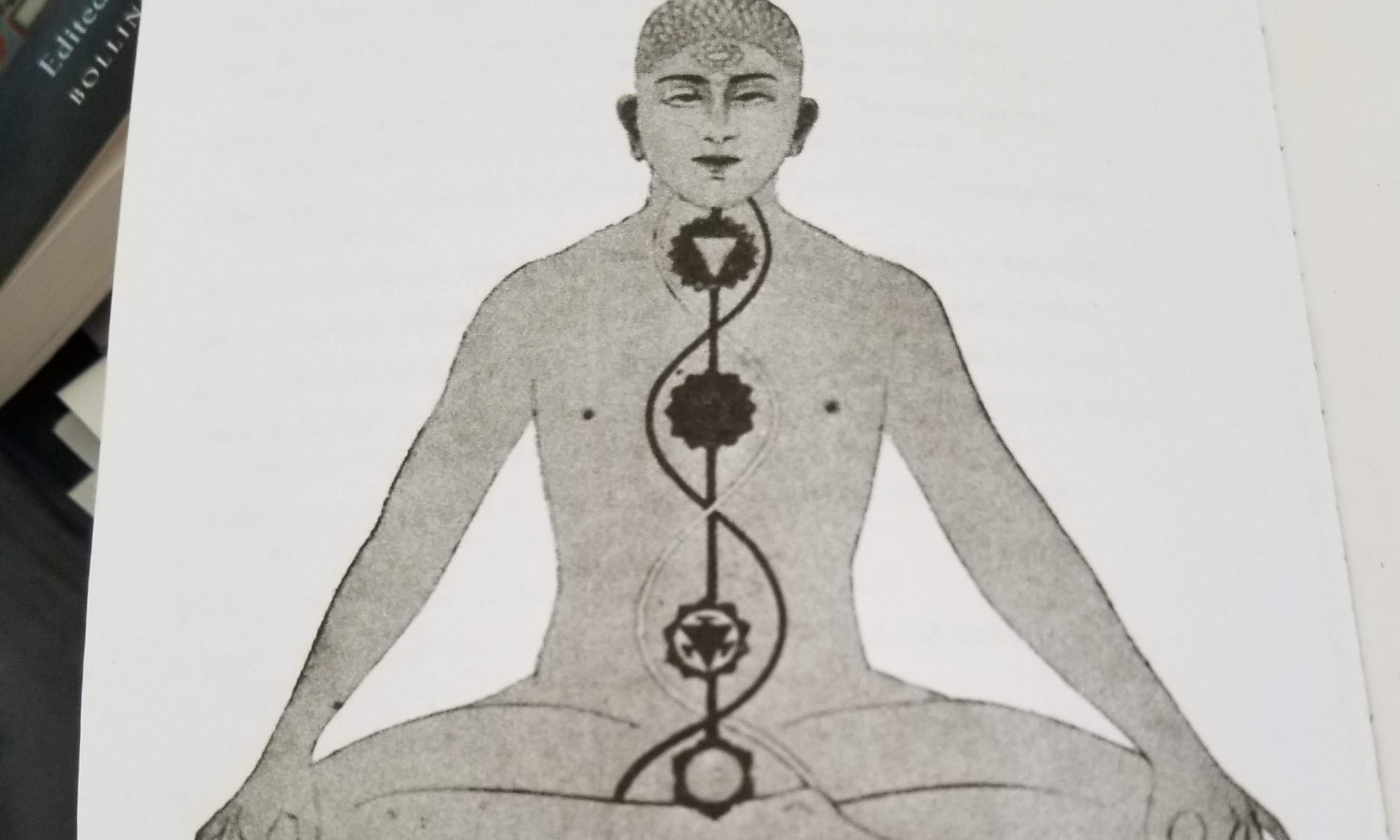A few years ago, I came across this quote in the course of some random internet trawling that had nothing to do with Martha Graham, dance, or even artistic expression:
You don’t have to believe in yourself or your work. You have to keep open and aware directly to the urges that motivate YOU.
Martha Graham to Agnes De Mille
It really struck me. So I wouldn’t forget, I emailed it to myself and there is sat, in the deep, dark depths of my inbox for some number of years. Recently, I came across the note and thought that Martha Graham would make a good topic for this blog. Of course, today’s post is more of a random survey than a thorough examination of her artistic legacy, but I am just being open to the urges that motivate me.
Did I ever tell you that there was a time in my life that I wanted to grow up to be a dancer in Martha Graham’s company? It’s true. Although, even in those days I had a hard time visualizing myself living as a starving artist living in New York City. But there really was a moment in time that I was willing to consider giving up my comfortable, Southern California lifestyle to be a Graham dancer.
Graham technique was very captivating for a young Cynthia whose training up to that point had mainly focused on the classical ballet lexicon. Not wearing shoes, using the floor in such a way, sure those were novel, but the biggest difference was the power with which one moved.
You see, in classical ballet you are trained to hold your center of gravity roughly around your diaphragm. This enables the lightness and quickness of the legs and feet. Think about lifting, lifting, lifting all of your energy up from your pelvis. Then cap that lift at the shoulders and close your rib cage around it. That energy turns into a little ball that floats around in that area above your waist. You lock it in there and hold it tight, then you move around it.
In Graham technique, you drop your center of gravity below your belly button. I didn’t know anything about Kundalini yoga at that time, but now I would say that you locate your center of gravity in your svadhisthana chakra. All motion then originates and radiates from your center, initiated by either a contraction or release. It creates a very powerful way of moving.
Here is a short video of Graham technique:
Martha Graham (1894-1991) was an innovator during a time of tremendous artistic innovation. She is sometimes referred to as the mother of modern dance because of the thoroughly developed technique and prodigious repertoire that she created. Graham’s early dance training was at the Denishawn School in Los Angeles where she eventually taught before moving to New York City in the 1920’s. There she began creating her own work. She is noted for creating 181 ballets over her 70-year career. Among her students was Merce Cunningham. Isamu Noguchi created sets for many of her ballets including the 1944, Aaron Copeland commissioned, Appalachian Spring.
Here is an excerpt of Appalachian Spring with Graham dancing the lead role:
Ok, back to the quote. The thing about it is that in this statement, she completely eliminates the role of ego from artistic expression (at least in principle). What she is saying is that you don’t have to think you’re great (or even good) and you don’t have to like what you create. Your job is just to be open to the act of creation. There are a lot of people who have used a lot more words to express this same idea. I love how Graham is so no-nonsense about it.
Is there something creative that you’ve been putting off? Maybe it’s time to do it.


